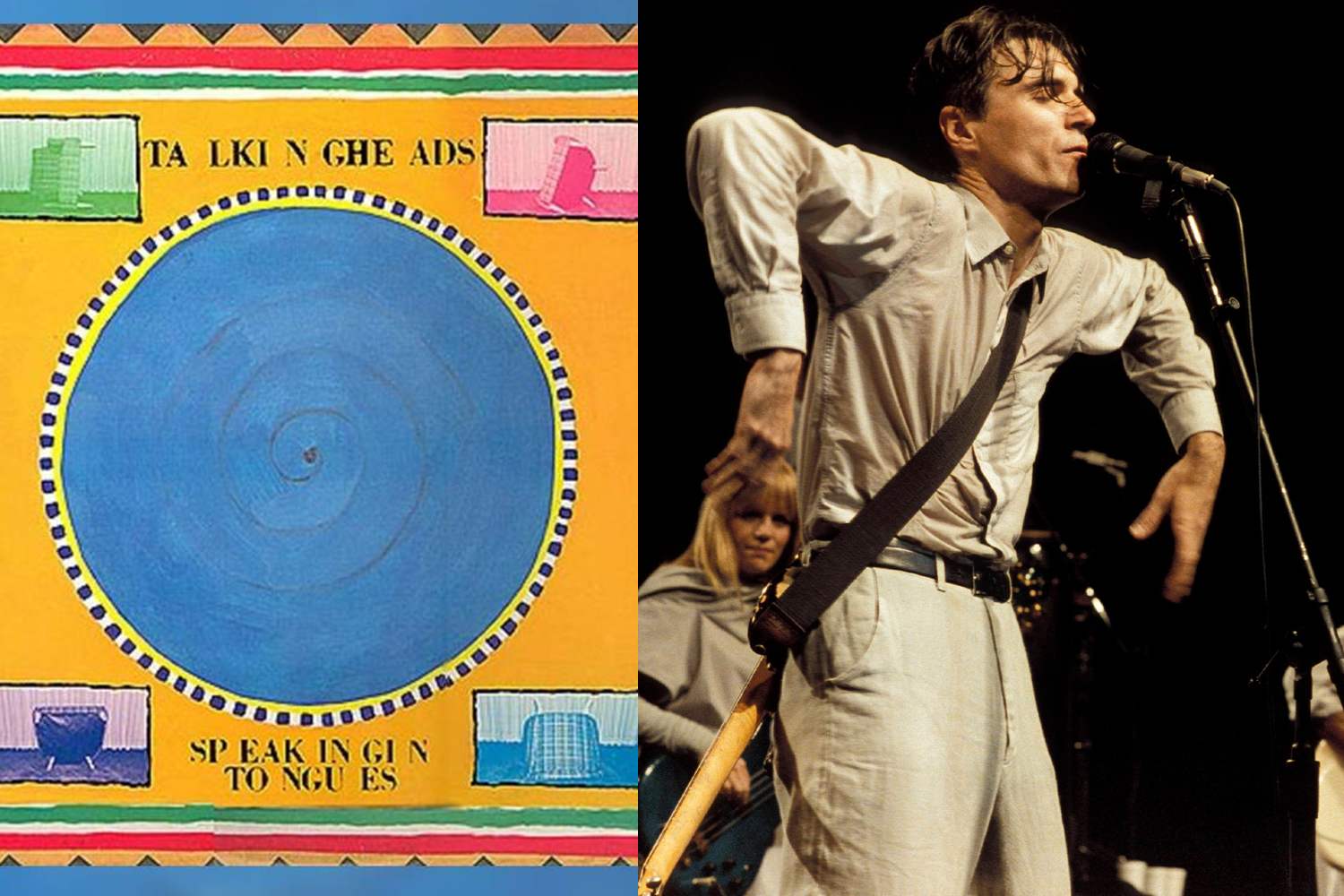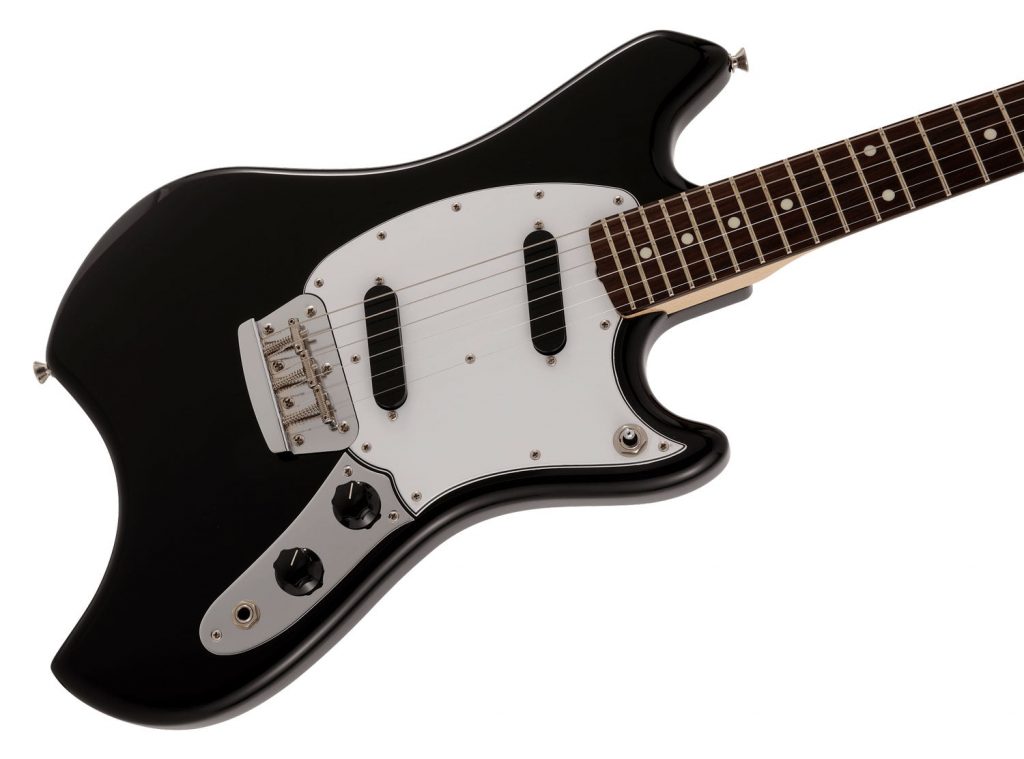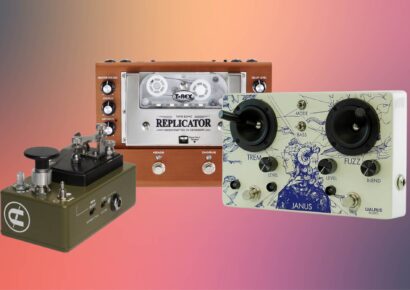We're taking a look at the tools behind Talking Heads' 'Speaking In Tongues' - celebrating the record in all of its wonderfully strange glory.
There’s no denying that Talking Heads are one of the most inspirational bands of the ’80s, and further that the band’s album Speaking in Tongues, influenced much of the alternative music that emerged from the decade.
Blending elements of punk, funk and art-rock, the group, spearheaded by the enigmatic David Byrne, helped pave the way to the explosion of new-wave music, particularly with the release of their 1983 LP Speaking In Tongues, which was backed by what many consider to be one of the greatest concert films ever – 1984’s Stop Making Sense.
Read up on all the latest features and columns here.
We dug into the vault to discover the gear used by the band to create a pivotal new wave classic.
Guitars
Fender Duo-Sonic
As an authentic purveyor of art-rock at its most adventurous, it makes sense for band leader David Byrne to play a Fender Duo-Sonic – a weird, offset oddity made by Fender as a student guitar in the 1960s.
Byrne added a humbucker to the bridge position of the instrument, with the distinctive out-of-phase pickups able to be heard on various songs from Speaking In Tongues as well as the band’s previously released material.

Fender Stratocaster
Both Byrne and fellow Talking Heads guitarist Jerry Harrison played various Stratocasters around the Speaking In Tongues era, with a Guitar Player article from 1984 claiming that two of Byrne’s sunburst Strats hail from around 1962-63, making them collector’s grade vintage pieces.
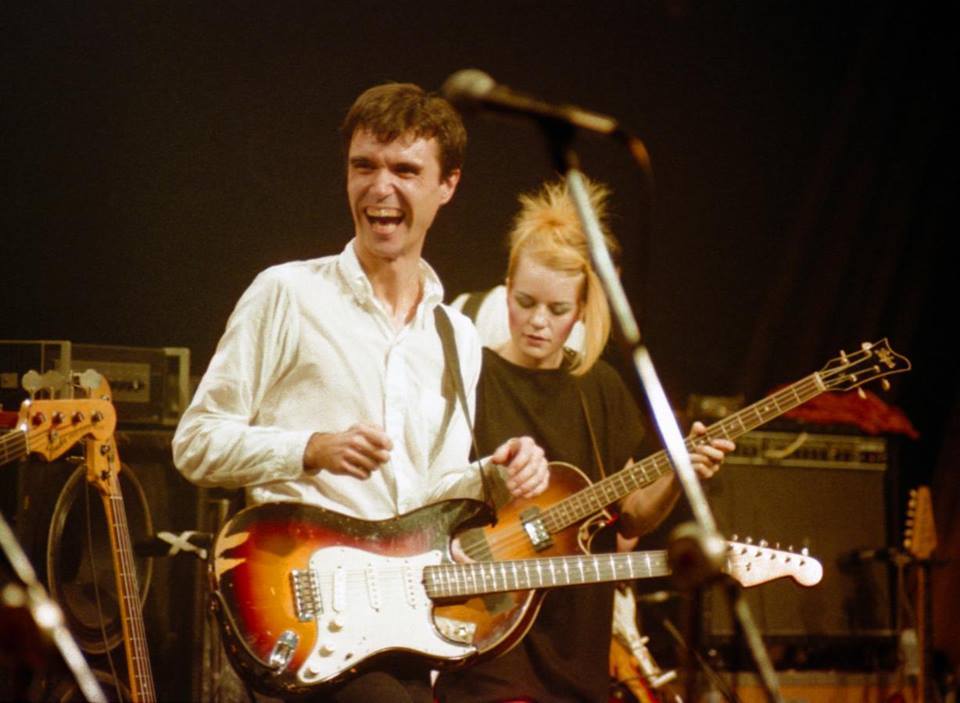
Roland G-303 Guitar Synthesiser
Throughout the critically cherished concert film Stop Making Sense filmed a year after the release of Speaking In Tongues, Byrne can be seen playing a quirky Roland G-303 Guitar Synthesiser, particularly in the art-funk freak out ‘Slippery People’.
While Byrne doesn’t seem to be using any of the synthesiser capabilities of the instrument, it still makes for a great tone, and of course, looks super cool.
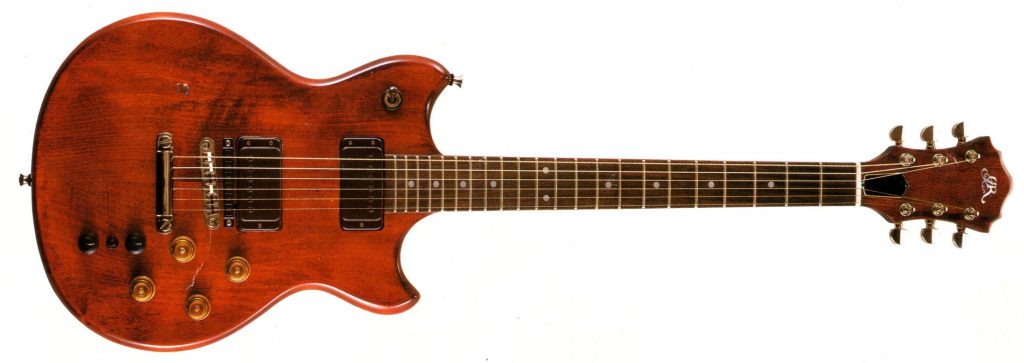
Martin D-35
A staple addition to Byrne’s collection of acoustic guitars, the revered Martin D-35 can be heard throughout various tracks on Speaking In Tongues, particularly the band’s commercial breakthrough hit ‘Burning Down The House’.
Fender Swinger
Although predominantly known as the bassist for Talking Heads, Tina Weymouth also contributed guitar to ‘This Must Be The Place (Naive Melody)’, in which she played a super weird and incredibly rare Fender Swinger.
A short-lived production model from a tumultuous era for Fender, the Swinger was built to use up spare parts from Fender Bass V and Musicmaster models, and surprisingly never really took off well with buyers – wonder why.
Bass Guitars
Hofner 500/2 Club Bass
Tina Weymouth had never played bass before joining Talking Heads in 1975, and soon developed a minimal funk sound that proved to be hugely inspirational to the sonic development of the band.
Throughout most of Talking Heads’ material, Weymouth can be spotted playing a hollow body Hofner 500/2 Club bass – similar to that used by Paul McCartney in the early days of The Beatles – with the thick, thumping tone providing the funky backbone to Talking Heads’ classic grooves.
Fender Mustang Bass
In addition to her Hofner Club, Weymouth also frequently used a red Fender Mustang bass when playing live with Talking Heads.
The competition stripe on the body of the bass dates the instrument to the late ’60s, and it also looks like Weymouth added a pickup from a Musicmaster bass in the neck position for further tonal possibilities.
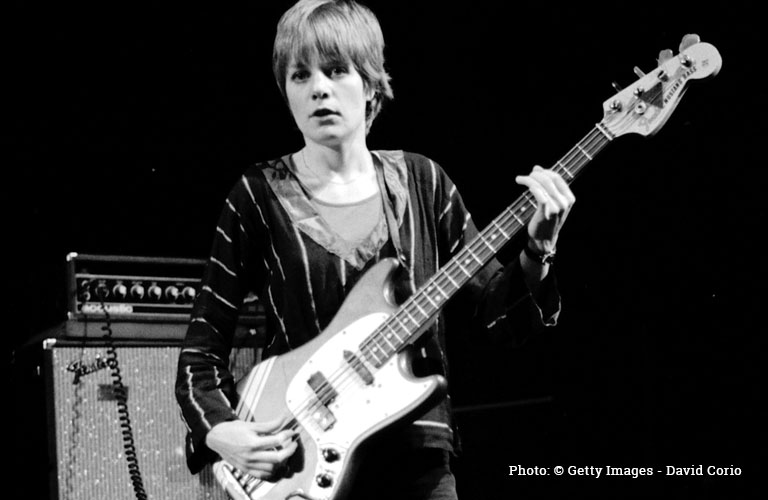
Amplifiers
Around the recording and release of Speaking In Tongues, Byrne relied upon a Roland JC-120 Jazz Chorus amp, utilising the pristine cleans and chorus sound of the classic ’80s amp to muster his funky tone. While there’s no clear documentation, it’s fair to assume that Harrison also implemented these amps for live performances.
On bass, Weymouth played through a Gallien-Kruger 400B head, paired with a custom made 2×15 cabinet made by NYTD Pro Audio in New Jersey.
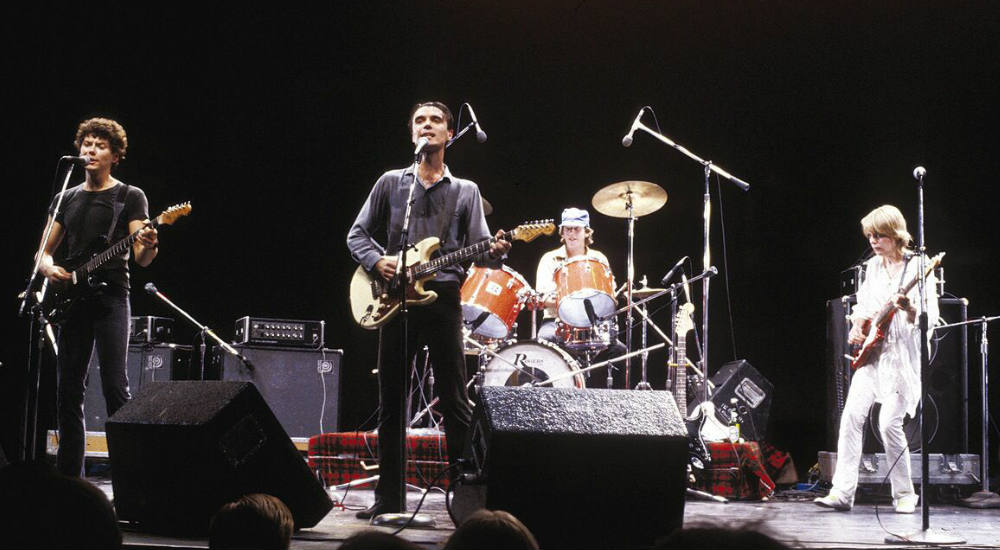
Effects
Throughout the Stop Making Sense concert film, you can see Byrne using a small handful of effects pedals, including a Boss DM-2 Analogue Delay, a Boss BF-2 Flanger, a MXR Distortion + and a MXR Dyna Comp Compressor M102.
In addition, the previously mentioned Guitar Player article from 1984 notes that Byrne often got the band’s live sound technician to run a Roland RE-501 Chorus Echo and an AMS RMX16 Reverb Unit to add presence to Byrne’s live vocals.
When playing bass live, Weymouth ran a Roland pedalboard unit in conjunction with an Ibanez Auto Filter pedal, and used a Boss Micro-Mixer to mix her levels when playing synth bass.
Keyboards/Synthesisers
Sequential Circuits Prophet 5
If there’s one instrument that’s absolutely essential to the creation of Speaking In Tongues, it’s got to be the Prophet 5. An analogue synth of the absolute highest quality, the Prophet 5 was originally released in 1978, featured five-voice polyphony, and was the first synth to make use of patch memory.
The Sequential Circuits Prophet 5 was used by various members of Talking Heads when recording the LP, with Weymouth recording her bassline for ‘This Is The Place (Naive Melody)’ on the instrument and session player Wally Badarou using the Prophet 5 on ‘Burning Down The House’.
You can see ex-Funkadelic keyboardist and Talking Heads touring member Bernie Worrell extensively playing the Prophet 5 throughout Stop Making Sense – and if you want to get the nitty gritty on how the band used the synth on the LP, check out the above video from Reverb.
Moog Rogue
Although Weymouth recorded the bassline on the band’s Prophet 5 as mentioned above, you can see her playing the bassline on a monophonic Moog Rogue bass synthesiser throughout the Stop Making Sense performance of ‘This Is The Place’.
For more Talking Heads content, check out David Byrne’s eclectic playlist.
